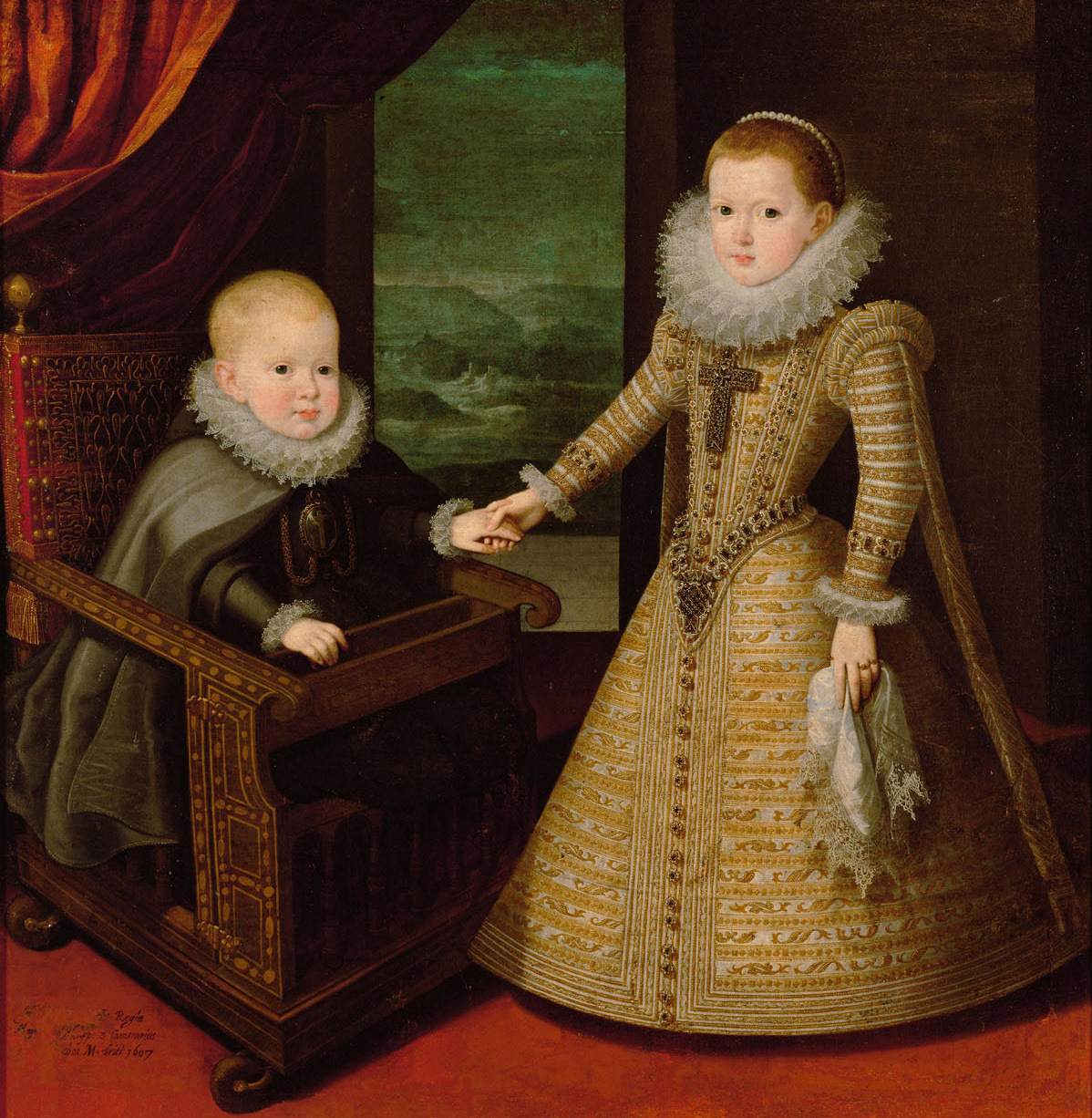Description
The painting King Philip IV of Spain by the artist Juan Pantoja De La Cruz is a work that stands out for its elegance and sophistication. The artistic style of the work is typical of the Spanish Renaissance, with a clear influence of the Italian art of the time.
The composition of the painting is very balanced, with King Felipe IV at the center of the work and surrounded by a series of symbolic elements that refer to his power and authority. The figure of the king is rendered with great detail and realism, demonstrating the artist's ability to capture the essence of his sitter.
The color of the paint is another of its highlights. Dark and earthy tones predominate in the work, giving it an air of solemnity and seriousness. However, the gold and silver details of the king's clothing add a touch of shine and light to the work.
The history of painting is fascinating. It was commissioned by Felipe IV himself to decorate his palace in Madrid and became one of the most iconic portraits of the Spanish monarchy. Over the centuries, the work has been the subject of numerous interpretations and analysis by experts in art and culture.
In addition, there are some little-known aspects of the painting that make it even more interesting. For example, it is believed that the original portrait was much larger than its current size and that it was cropped at some point in its history. There has also been speculation about the identity of the model that posed for the artist, since some experts believe that it could be a double of the king instead of Felipe IV himself.
In short, the painting King Philip IV of Spain by Juan Pantoja De La Cruz is an impressive work that stands out for its artistic style, its balanced composition, its color and its fascinating history. A work that continues to captivate lovers of art and culture centuries after its creation.

